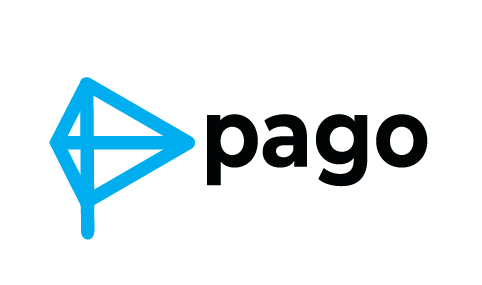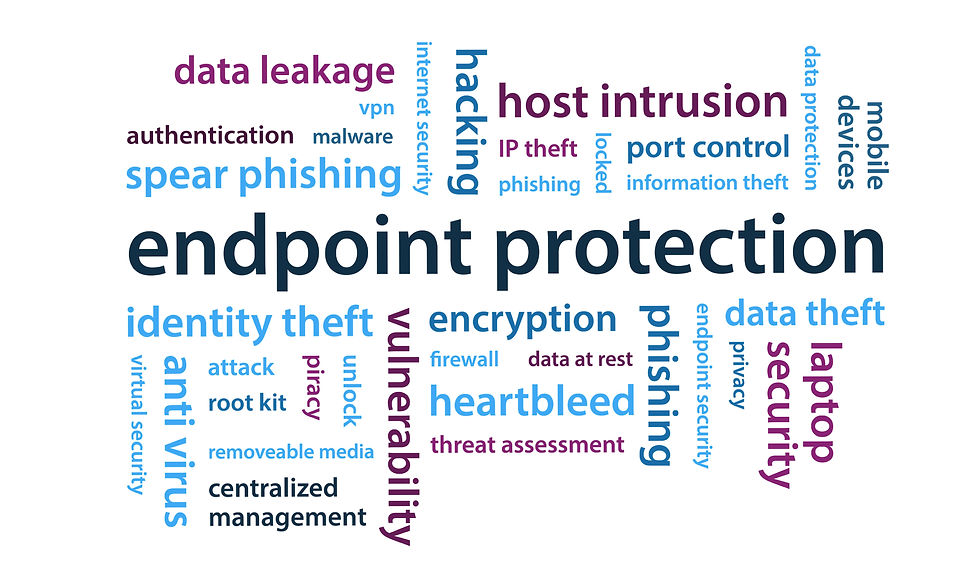Supply Chain & OT Vulnerabilities
- PAGO Networks

- Oct 2
- 3 min read
Updated: Oct 13

The year of 2025 served as a harsh wake-up call for modern industry. A significant cyber incident at a prominent automaker halted production lines, delayed deliveries, and severed connections with key suppliers. The disruption quickly cascaded, affecting dealerships and customers globally. This data breach also caused a profound physical shutdown, underscoring a critical vulnerability.
Investigators investigated the root of the problem to a ransomware attack that infiltrated the company's network through a third-party supplier. The malware migrated laterally, breaching the operational technology (OT) systems that control the physical manufacturing process. This incident confirmed that the once-impenetrable wall between information technology (IT) and OT environments has crumbled.
For years, the segregation of IT and OT was a cornerstone of industrial security. IT handled data and business processes, while OT managed the machinery, sensors, and control units on the factory floor. However, the pursuit of efficiency, predictive maintenance, and data-driven insights has led to the convergence of these two domains. While this integration offers immense benefits, it also creates a massive and often unmonitored attack surface. The result is a silent vulnerability that remains hidden until it brings production to a grinding halt.
Attackers are keenly aware of this shift. They understand that compromising an operational environment can cause far more damage than stealing data. A successful OT attack can lead to physical safety risks, environmental hazards, and catastrophic financial losses. When a company's physical processes are held hostage, the only viable response is an immediate and complete shutdown, highlighting the devastating consequences of cyber negligence.
The 2025 shutdown is an important lesson for every organization that relies on continuous operations, from manufacturing and logistics to energy and utilities. To build resilience in the face of these evolving threats, businesses must proactively address these vulnerabilities. Here are key strategies to enhance supply chain and OT cybersecurity:
Map the Interconnected Ecosystem: Begin by creating a comprehensive and up-to-date map of all connections between IT and OT systems. This includes identifying every workstation, sensor, control unit, and the myriad of maintenance tools and vendor access points. Uncovering these hidden links is the first step toward securing the entire network.
Integrate Crisis Response Plans: Develop a unified incident response plan that bridges IT, OT, and executive leadership. During a crisis, there is no time for departmental silos. Everyone, from the security analyst to the CEO, must operate from a single, cohesive playbook to ensure a swift and coordinated response.
Conduct Realistic Incident Simulations: Conduct regular, practical simulations that include real-world operational downtime scenarios. By testing the organization's ability to isolate, contain, and recover under pressure, companies can identify weaknesses and build muscle memory for a real event. Every second saved in a crisis has a tangible impact on the bottom line.
Rigorously Vet Supply Chain Security: The weakest link is often outside the company walls. Implement strict security audits and continuous monitoring of all third-party suppliers and vendors. A significant portion of cyberattacks, including the one in 2025, originate in a partner's less-secure environment, making supply chain vigilance non-negotiable.
Ultimately, true resilience is the ability to maintain essential functions even when part of the system is under duress. It is the capacity to contain a breach, isolate affected systems, and recover without panic.
Many incidents this year underscored that cybersecurity is indeed to protect data but also about safeguarding physical processes and ensuring business running. For any company that moves goods, generates power, or builds products, a robust cybersecurity framework is a foundational element of its continuity plan.
In the years to come, success will belong to the organizations that embed visibility, discipline, and readiness into their operational DNA. When a business can detect an anomaly early and recover with calm efficiency, it not only protects its assets but also demonstrates a level of maturity that earns the trust of its customers and partners, solidifying its position as a reliable and resilient market leader.



